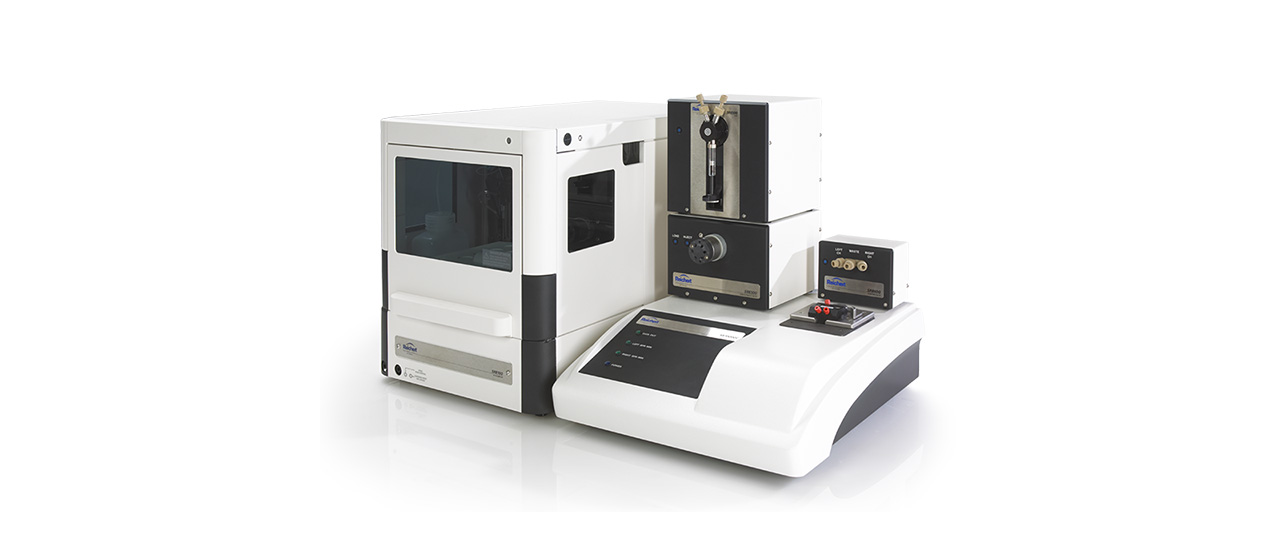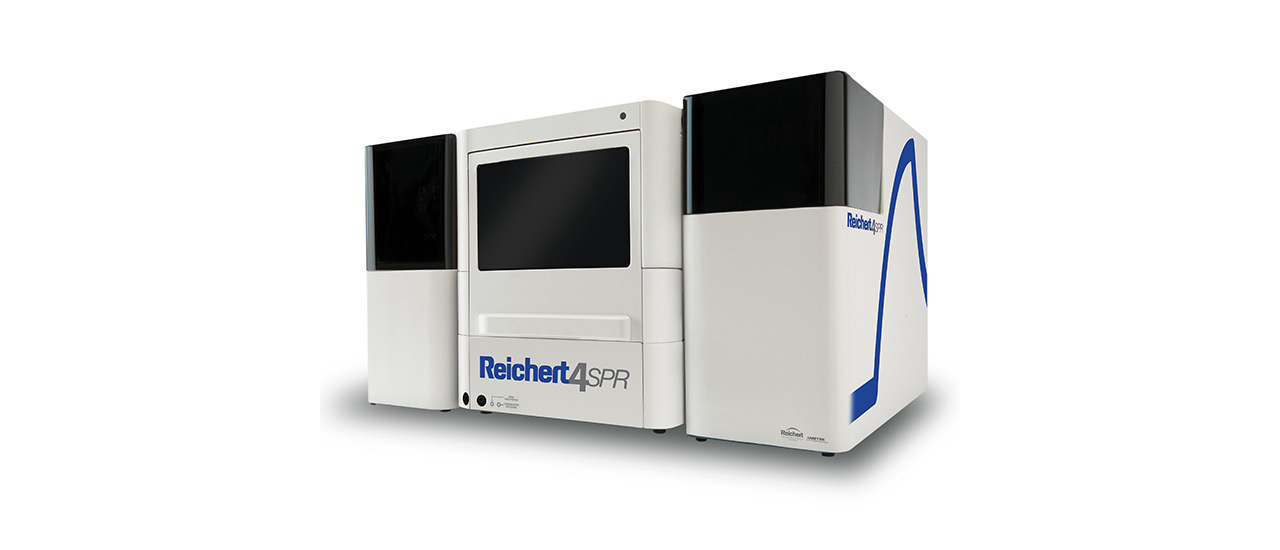Smithgall Lab Decides on Reichert 2-channel Reichert 2SPR System

The Smithgall lab evaluated several SPR platforms to identify a system that would not only accomplish their very demanding small molecule analysis applications, but would also meet budget requirements. After several on-site demonstrations, they found that Reichert Technologies and GE Biacore were the only vendors providing SPR systems with the essential sensitivity and performance. After comparing features and costs of a new GE Biacore system to the Reichert 2-channel Reichert 2SPR system, Smithgall decided on the Reichert system. He maintains that it was "no contest" Reichert was the obvious choice, compared to GE for an individual lab. Smithgall also pointed out that it was not just the lower cost of the Reichert system that factored into the decision. Smithgall said, "It was the overall package that Reichert offered in terms of having a system with outstanding sensitivity and significantly lower operating costs, and a very responsive top-notch customer service team with an expert knowledge of SPR that made the decision to purchase a Reichert SPR system extremely easy." In addition, Dr. John Jeff Alvarado, research assistant professor in the Smithgall lab, commented, "the open architecture design of the Reichert system was a very attractive feature in reducing potential instrument downtime." Alvarado also noted that Reichert's outstanding customer service and support also provided comfort in the decision remarking, "knowing that we would not have to get in line for service that could be a 2-week lead time before getting a response was also a key factor in the decision."
